Full Moon & New Moon Remedies for Fast Results
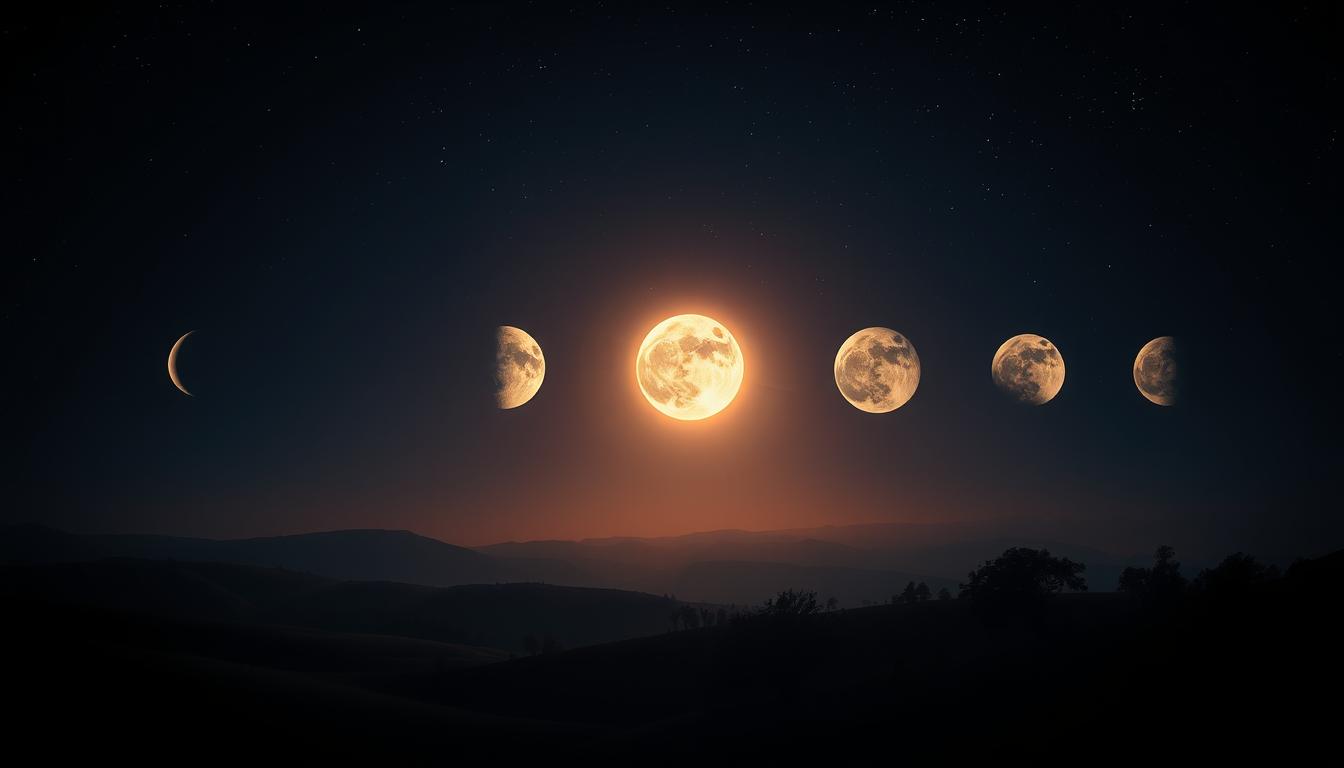
Did you know that the gravitational pull of our celestial neighbor is strong enough to move entire oceans, creating the tides? This same powerful force subtly influences our lives, offering a natural rhythm for growth and change.
I’m excited to share my ultimate guide on harnessing this incredible energy. By aligning with the predictable lunar cycle, you can create meaningful personal transformation. This isn’t just mystical idea; it’s about working with a consistent natural clock.
Throughout this guide, I’ll walk you through the science behind these celestial events and their historical significance. You will learn practical remedies you can implement immediately to leverage this energy for fast, tangible results in your life.
My approach combines factual astronomical knowledge with time-tested spiritual practices. This ensures you understand both the why and the how. My goal is to help you develop a personalized practice that fits your modern lifestyle.
Key Takeaways
- The moon’s gravitational force influences natural rhythms on Earth.
- Aligning your intentions with the lunar cycle can accelerate personal growth.
- This guide blends scientific understanding with practical spiritual techniques.
- You will learn actionable strategies for both the Full Moon and New Moon phases.
- The methods are designed to deliver swift, noticeable results.
- You can develop a personalized practice that integrates seamlessly into daily life.
Understanding Lunar Cycles
Our lives are guided by many natural rhythms, and one of the most consistent is the predictable pattern of the moon. This recurring sequence is known as a lunar cycle.
What Is a Lunar Cycle?
A lunar cycle, often called a lunation or synodic month, is the complete process where the moon’s appearance changes from completely dark to fully lit and back again. This entire phase takes an average of 29.53 days to complete.
The length of this cycle isn’t perfectly fixed. It can vary by several hours because the moon follows an elliptical path around our planet.
The Breakdown of Moon Phases
Astronomers divide this period into distinct stages. There are four primary phases, each marking a specific moment in time.
Between these primary points are four secondary phases. These represent longer periods of gradual change in illumination.
| Phase Type | Phase Name | Description |
|---|---|---|
| Primary | New Moon | The moon is between Earth and the Sun; not visible. |
| Primary | First Quarter | Half of the moon’s disk is illuminated. |
| Primary | Full Moon | The entire face of the moon is lit by the Sun. |
| Primary | Last Quarter | The opposite half from the First Quarter is illuminated. |
| Secondary | Waxing Crescent | A growing sliver of light after the New Moon. |
| Secondary | Waxing Gibbous | More than half is lit, moving toward full illumination. |
| Secondary | Waning Gibbous | Illumination decreases after the Full Moon. |
| Secondary | Waning Crescent | A shrinking sliver of light before the next New Moon. |
Tracking the “Moon’s age,” or days since the last New Moon, helps you know exactly where you are in this powerful cycle at any time.
The Astronomical Science Behind Moon Phases
Understanding the astronomical principles behind lunar phases reveals why this natural clock is so reliable for timing our intentions. The predictable patterns we observe stem from precise celestial mechanics.
How Earth, Sun, and Moon Interact
As the moon orbits around Earth, our planet simultaneously completes its own orbit around the Sun. This dual movement creates changing angles between these three bodies.
The moon takes approximately 27 days to complete one orbit around our planet. Remarkably, it rotates at the same rate, keeping the same side facing Earth always.
This tidal locking means we never see the far side from Earth. The changing angle sun creates different illumination patterns on the moon’s surface.
The Role of Eclipses and Illumination
Eclipses occur during specific alignments in the earth sun moon relationship. Solar eclipses happen when the moon passes directly between Earth and Sun.
Lunar eclipses occur when Earth moves between the sun and moon. These events don’t happen monthly due to the moon’s tilted orbit.
The moon reflects sunlight rather than producing its own light. This reflected sunlight creates the phases we observe throughout each cycle.
History and Cultural Significance of Lunar Remedies
The history of lunar remedies is deeply intertwined with the very first calendars created by ancient cultures. I find it remarkable that our ancestors developed sophisticated timekeeping by observing the sky. This connection between celestial events and daily life forms the foundation of modern lunar practices.
Archaeological evidence shows this relationship dates back to Neolithic times. The natural rhythm of a lunar month provided a reliable way to track time. A year of twelve such month cycles, however, falls short of the solar year.
Ancient Calendars and Rituals
This discrepancy led to the creation of lunisolar systems. The Sumerian calendar was the first recorded to add a thirteenth month periodically. The Chinese system restarts its count after the winter solstice.
I’ve learned that the ancient Roman calendar was also lunisolar before reforming into a solar one. These systems were not just practical. They were essential for agriculture, festivals, and spiritual life.
Mythological and Cultural Perspectives
Different cultures marked the start of a month uniquely. The Islamic calendar begins when the crescent is first visible. Traditional Hawaiian culture recognized thirty distinct phases, one for each of the days.
Before modern life, the moon’s presence was dominant. It was a natural focus for rituals and a symbol of cyclical time. Aligning with this rhythm was believed to bring prosperity and insight.
Practical Remedies Using Full Moon & New Moon
I’ve found that working with lunar energy effectively requires understanding the distinct qualities of its two most powerful phases. Each offers a unique energetic signature perfect for specific types of spiritual work.

By aligning your actions with these celestial events, you can create a powerful rhythm for manifestation and release. This practice turns abstract cosmic cycles into tangible personal progress.
Why the New Moon is a Time for New Beginnings
When the lunar disk is dark, it sits directly between Earth and the Sun. This alignment creates a potent symbol of a blank slate.
I use this phase for planting seeds of intention. It’s an ideal time for journaling goals and starting projects. The energy supports inward focus and initiating change.
Benefits of Full Moon Energy in Daily Life
The opposite phase occurs when Earth is between the Sun and the moon. This brings a peak of illumination and clarity to our lives.
I find this period perfect for celebrating progress and practicing gratitude. It’s also a powerful time to release old habits. The bright energy helps you see what is no longer serving you.
| Phase | Astronomical Position | Energetic Quality | Recommended Actions |
|---|---|---|---|
| New Phase | Conjunction (Sun→Moon→Earth) | Potential, beginnings | Setting intentions, starting projects |
| Full Phase | Opposition (Sun→Earth→Moon) | Culmination, clarity | Releasing, gratitude, charging tools |
This cycle of planting and harvesting intentions creates a complete system for personal growth. You attract during the dark phase and release during the bright one.
Leveraging Lunar Energy for Swift Success
To truly accelerate your progress, you must learn to work with the moon’s natural cycle, not against it. This celestial rhythm provides a powerful framework for intentional living. I guide you through specific techniques for both key phases.
Setting Intentions During the New Moon
The dark sky marks a potent starting point. I use this phase for planting seeds. My systematic method involves writing precise goals within hours of the exact phase.
I frame these intentions in the present tense, as if they are already real. This practice aligns your energy with the moon’s natural growth cycle. It is ideal for launching projects or new habits.
I recommend a simple ritual to activate your desires:
- Cleanse your space to create a fresh environment.
- Meditate quietly on your specific goals.
- Speak your intentions aloud to give them power.
This approach is particularly effective for attracting career opportunities and financial growth.
Harnessing the Illuminating Power of the Full Moon
When the night is brightest, clarity peaks. This is the perfect time to review the goals set previously. I celebrate any progress made, charging my intentions with maximum energy.
This phase also brings emotional insights. I use it for powerful release ceremonies. Writing down limiting beliefs on paper and safely burning them symbolizes letting go.
The illuminating light helps you see situations without illusion. It is a period for honest reflection and cleansing. This creates space for new growth in the next cycle.
Moon Phases and Their Impact on Daily Life
The gravitational dance between Earth and its satellite creates tangible effects that extend far beyond ocean tides. These forces influence our entire biosphere in subtle ways we’re only beginning to understand.

Understanding Tidal Influences and Moods
During specific alignments, we experience spring tides with extreme high and low water levels. This occurs twice each lunar month when celestial bodies line up perfectly.
Seven days later, moderate neap tides appear as gravitational forces partially cancel each other out. The same forces that move oceans exist throughout Earth’s water-based systems.
Since humans are approximately 60% water, these forces potentially affect us too. Many people report feeling more energized during certain phases of the lunar cycle.
Scientific studies show mixed results about direct lunar effects on human behavior. However, the psychological impact of different phases is undeniable for many individuals.
The visibility of each moon phase changes dramatically throughout the cycle. The bright phase dominates the night sky from sunset to sunrise.
I track my energy levels across different phases to identify personal patterns. Individual sensitivity to these cycles varies considerably.
Pay attention to which side of the moon is illuminated in your hemisphere. This simple observation helps you stay connected to the current lunar phase and time your activities accordingly.
Synchronizing Spiritual Practices with Lunar Events
Customizing your spiritual journey to match the lunar calendar creates a natural framework for intentional transformation. I’ve developed a flexible approach that honors individual preferences while leveraging celestial timing.
Creating Personalized Rituals
Your spiritual practice should reflect your unique goals and lifestyle. The different moon phases offer a structure rather than rigid rules. I help people build rituals that feel authentic to them.
Consistency matters more than perfection. Even brief acknowledgments during key times create meaningful connections with lunar energy. Start with the most significant phases and expand as you grow comfortable.
| Lunar Phase | Recommended Elements | Primary Focus |
|---|---|---|
| Dark Phase | Written intentions, vision boards | New beginnings and planting seeds |
| Waxing Period | Crystal charging, attraction work | Building energy and momentum |
| Bright Phase | Gratitude practice, cleansing herbs | Celebration and release |
| Waning Period | Water charging, banishing work | Letting go and completion |
Meditation and Manifestation Techniques
Aligning meditation with specific phases amplifies effectiveness. During darker times, I focus on emptiness and potential. As light increases, I visualize goals growing with the lunar energy.
My manifestation technique combines both key phases. I set detailed intentions during darker periods and review progress during brighter times. This creates a complete cycle of attraction and release.
Keeping a moon journal helps track which techniques work best during different phases. This personalized approach evolves as you deepen your practice over time.
Navigating Lunar Calendars and Timing
The precision of lunar work depends on understanding specific timing measurements that govern the moon’s monthly journey. I’ve found that mastering these concepts makes working with celestial cycles much more effective.
Understanding Moon’s Age and Phases
In practical terms, “Moon’s age” simply means the number of days since the last new moon. This helps you quickly determine your position in the current lunar month cycle.
A complete lunar month averages 29.53 days, though individual cycles can vary by over 13 hours. The shortest recorded lunations lasted about 29 days, 6 hours, while the longest reached nearly 30 days.
Seasonal Variations in Lunar Events
Seasonal changes significantly affect how we experience lunar phases. In the Northern Hemisphere, the full moon appears highest during winter solstice and lowest in summer.
First-quarter moons appear highest at spring equinox, while last-quarter moons peak at autumn equinox. These variations explain why certain phases feel more prominent throughout the year.
I recommend using a dedicated lunar calendar app that shows the moon’s current age and upcoming phases. This helps you plan your spiritual work with perfect timing each month.
Fast-Track Techniques for Effective Moon Remedies
Mastering lunar energy requires understanding all eight phases, not just the two most prominent ones. I’ve developed specific techniques for each stage to accelerate your results.
Quick Rituals to Enhance Your Results
During the waxing crescent phase, I take small action steps toward my goals. This builds momentum as the thin crescent grows.
The first quarter is perfect for overcoming obstacles. I brainstorm solutions when the right side is fully illuminated.
As we move into the waxing gibbous phase, I refine my approach. This is when I intensify efforts toward my manifestations.
After peak illumination, the waning gibbous phase helps me practice gratitude. I begin identifying what needs release.
The third quarter is ideal for breaking bad habits. I actively eliminate negative patterns during this time.
Finally, the waning crescent phase completes the cycle. I perform release rituals to cleanse away old energy.
Incorporating Remedies into a Modern Lifestyle
My daily practice takes just 2-3 minutes. I simply check the current phase and adjust my mindset accordingly.
I schedule important meetings during waxing phases. Reflection time works best during waning periods.
Tracking all eight phases in a simple journal creates awareness. This helps you work with the complete lunar cycle effectively.
Conclusion
Throughout this exploration of celestial timing, I’ve aimed to bridge ancient wisdom with modern application for tangible results. The natural rhythm of the lunar cycle provides a reliable framework that has guided civilizations for millennia.
I’ve shown how understanding the mechanics behind what we observe in the night sky allows for more effective energy harnessing. Each phase offers unique opportunities for different types of spiritual work.
Remember that consistency matters more than perfection. Even brief daily acknowledgments of the current phase can create meaningful connections with this natural rhythm.
Start simple by marking the next dark phase on your calendar. Set one clear intention and observe how it progresses through the following weeks. This practice will help you develop a personalized approach that delivers real results.
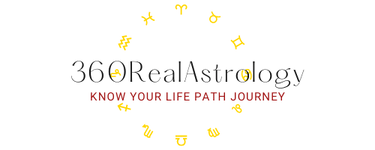

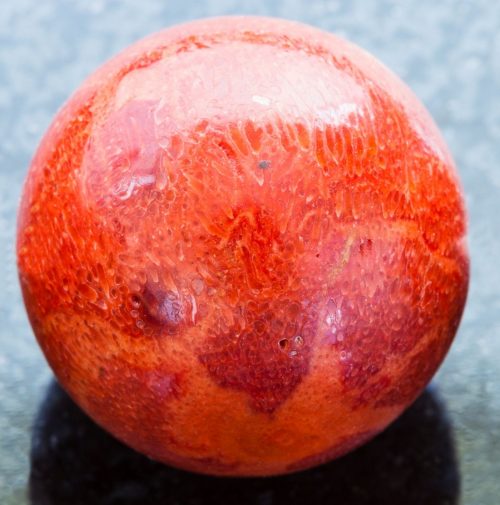


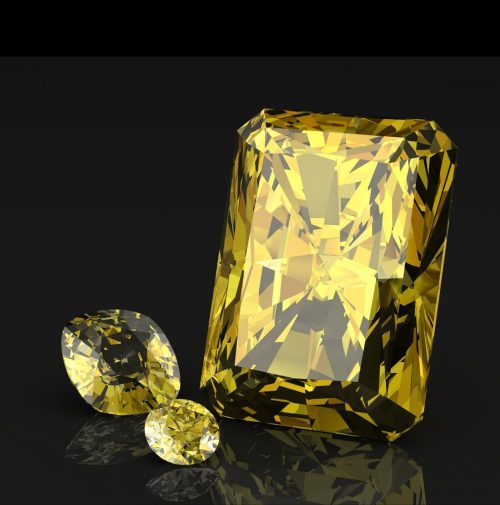
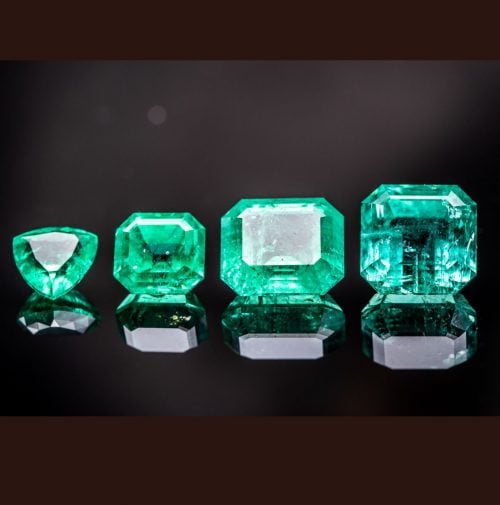

Connect me